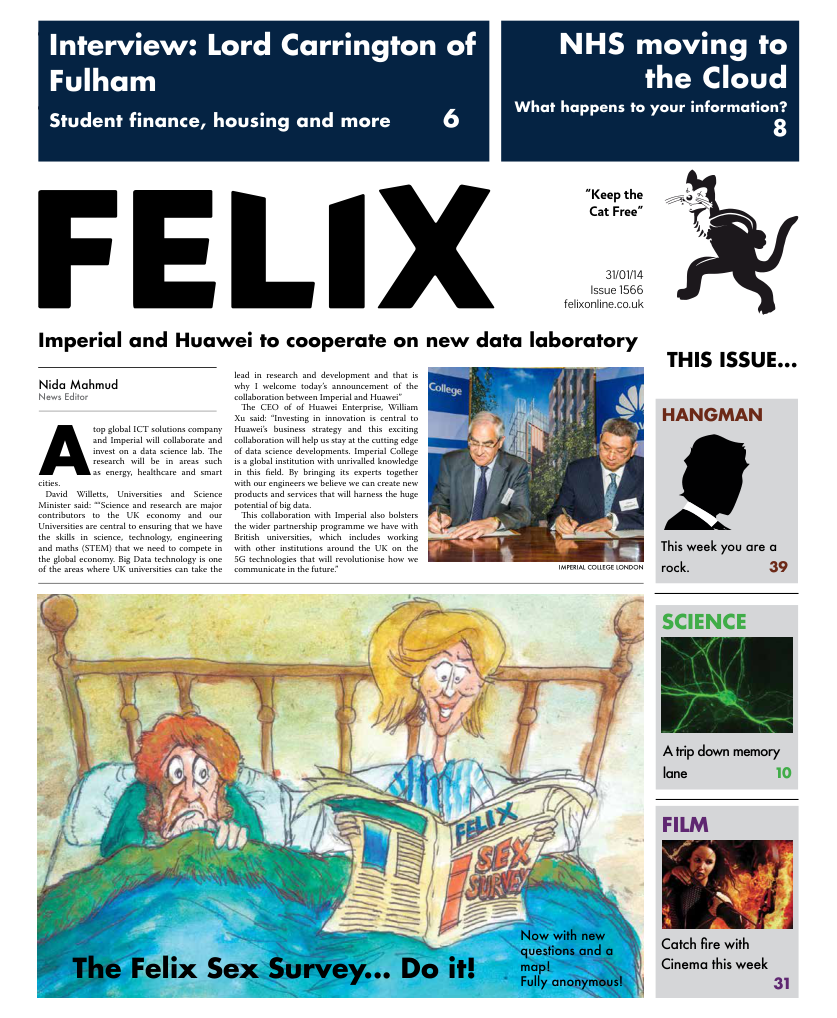A grand genome: the new cost of genome sequencing
In 2003, the Human Genome Project was declared complete. At a cost of around $3 billion and taking 13 years, for the first time we had a sequence of around 99% of the human genome.
In 2003, the Human Genome Project was declared complete. At a cost of around $3 billion and taking 13 years, for the first time we had a sequence of around 99% of the human genome.
On January 14, Illumina, the market leader for genome sequencing technology, revealed their HiSeq X Ten Sequencing System, which they claim will be able to sequence a human genome for just $1000 and with the potential to sequence 16 human genomes in three days.
Just five years ago, the same company was offering whole genome sequencing for around $50,000 per genome, showing how far the technology has developed in this time. In fact, for many applications the rate-limiting step is no longer sequencing the genome but in analysis of the large amount of data generated.
Unfortunately, the figure of $1000 per genome only applies if you buy a set of at least ten sequencers at a cost of around $10 million. This is outside the reach of many academic labs, although the Broad Institute in Cambridge, Massachusetts is amongst the first customers.
This development could also bring down the cost to labs that outsource their sequencing, undercutting the price offered by competing company Complete Genomics by around 80%.
Another sequencing company, Oxford Nanopore (ONT), does not yet have a sequencer on the market, but caused a stir last year by announcing plans for the GridION, an affordable desktop sequencer that would deliver the $1000 genome.
They also described the possibility of MinION sequencers that could fit into USB sticks. Using nanopore technology, a fundamentally different system from those currently available methods, these sequencers have been released on a trial basis but have error rates of around 1%, making them unsuitable for most applications.
As this is improved, however, it seems likely that ONT could become a rival to Illumina, who are developing their own nanopore-based method after selling their shares in ONT last November.
In 2012, David Cameron announced the 100k Genome Project, an ambitious project to sequence the genomes of 100,000 individuals, many with genetic diseases, by the end of 2017. A total of £100 million was pledged to deliver this goal, meaning the falling cost of whole genome sequencing is a step in the right direction for this project. While Genomes England, the company set up to bring the 100k Genome Project to fruition, is not on the list of customers to have already ordered a HiSeq X Ten, the promise of $1000 genomes at a fast rate seems tailor-made for them.
The decrease in sequencing cost is also promising for the field of personalised medicine. The risk of developing many diseases, such as cancer and diabetes, is to some extent determined by your genetics.
Additionally, some drugs only work in patients with certain genetic variants, while some variants are associated with increased risk of side effects with some drugs, including statins, a widely-used group of anti-cholesterol drugs.
In the future, your GP could use your genome sequence to help decide which medications to use, as well as to help determine whether you are likely to be at risk of developing a genetic disease.





